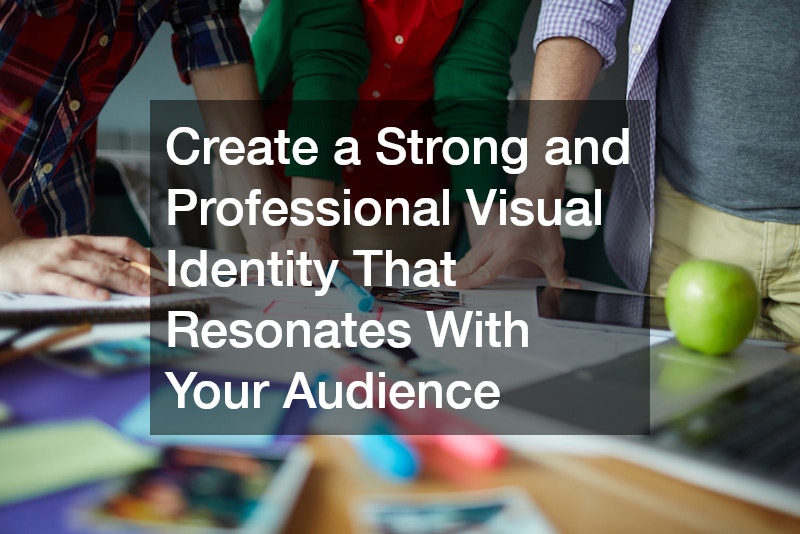As the business landscape increasingly becomes competitive, a strong visual identity is essential for distinguishing your brand and effectively connecting with your audience. With a strategic approach, creating a compelling visual identity within a tight timeframe is entirely achievable. By employing a structured process and utilizing the right tools, you can craft a professional visual identity in just five hours.
1. Conceptualization
Start by defining your brand’s core message and values. Understanding your mission, target audience, and unique attributes is crucial.
For example, if your brand focuses on commercial kitchen equipment, your core message might center around reliability, efficiency, and innovation in food service solutions. Identifying these key attributes will guide your design decisions and ensure that every element aligns with your brand’s essence.
To make this process easier, draft a brief brand statement outlining your core values and objectives. This statement will serve as the foundation for all your design work, keeping your efforts focused and aligned with your brand’s identity.
2. Mood Boarding
Create a mood board to visualize your brand’s aesthetic direction. Collect images, color swatches, typography samples, and other design elements that resonate with your brand’s concept. This collection will act as a visual guide for your design work, helping maintain consistency throughout the process.
Use tools like Pinterest for curating visual inspiration and Milanote for organizing and structuring your ideas. Focus on capturing the emotional tone and style you envision for your brand to ensure a cohesive design outcome.
3. Sketching and Wireframing
Begin sketching ideas for your logo and layout. Wireframing involves creating basic design structures and layouts for different brand elements. This step is crucial for experimenting with various concepts and configurations.
Adobe Fresco is excellent for sketching and creating detailed illustrations, while Balsamiq is useful for wireframing and layout planning. Keep your sketches simple and flexible to allow for easy adjustments as you explore different design options.
4. Logo Development
Develop a logo that encapsulates your brand’s identity. Aim for a design that is simple, memorable, and versatile. Use your sketches and wireframes as a guide to create a polished and professional logo.
Adobe Illustrator is a powerful tool for creating vector-based logos and detailed designs, whereas Canva offers easy-to-use templates for logo creation. Test your logo in various sizes and contexts to ensure it remains effective and recognizable.
5. Color Palette and Iconography
Select a color palette that reflects your brand’s personality and appeals to your target audience. Choose a set of 3-5 complementary colors. Additionally, design or select icons that align with your brand’s visual identity.
Adobe Color Wheel helps in creating harmonious color schemes, while Coolors generates cohesive palettes quickly. Consider the psychological impact of your colors and ensure they reinforce your brand message. Icons should be clear and consistent with your overall design style.
6. Visual Identity and Marketing Material
Apply your visual identity to various marketing materials such as business cards, social media profiles, and brochures. Ensure that your logo, color palette, and typography are consistently used across all materials.
Adobe Express offers tools for creating branded marketing materials with ease, and Visme is ideal for designing professional graphics and documents. Consistency is key; all materials should align with your visual identity to create a unified brand experience.
7. Final Touches
Review your design elements and make necessary refinements. Gather feedback from colleagues or potential customers to ensure that your visual identity effectively communicates your brand’s message.
Taking a short break before revisiting your designs can provide a fresh perspective, helping you spot any inconsistencies or areas for improvement.
Final Thoughts
Designing a visual identity in five hours is achievable with a structured approach and the right tools. By focusing on conceptualization, mood boarding, sketching, logo development, color palette and iconography, marketing materials, and final touches, you can create a strong and professional visual identity that resonates with your audience and effectively represents your brand.
.



